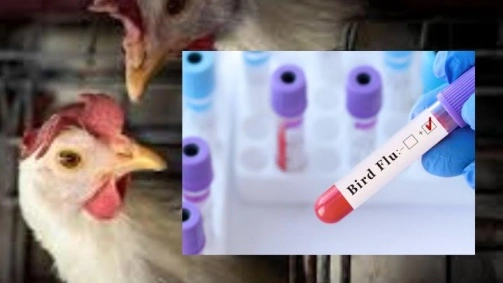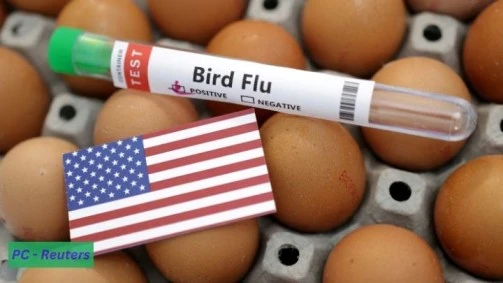Fully funded by the Central Government of India, the Immunization program, is one of the key government initiatives to prevent children from life-threatening conditions by providing routine vaccinations. However, by missing the administration of diphtheria-pertussis-tetanus (DPT) and measles vaccines to approximately 1.6 million children, the program saw a concerning 45% increase in zero-dose children, causing concern among organizations such as the World Health Organisation (WHO).
Also Read | https://newsstreetasia.com/us-claims-steep-rise-in-bird-flu-cases-potential-pandemic/
Concerns of International Organizations
In its latest report, WHO and Unicef estimated that India is among the top 10 countries with the highest number of zero-dose children, alongside Nigeria, Ethiopia, the Democratic Republic of Congo, Pakistan, and Sudan. Health experts approximate that around 25 million children are born in India every year. Out of these, WHO and Unicef have estimated approximately 1.1 million zero-dose children in 2022 and 3 million in 2021, a Covid-19 pandemic year. According to WHO-Unicef, “The countries with the most zero-dose children are those with large birth cohorts, weak health systems, or both.”
HPV Vaccination Lag
In addition to the rise in zero-dose children, the UN agencies placed India among 51 countries that have not yet introduced free vaccination against the human papillomavirus (HPV). Crucial for protection against cervical cancer, the second most common cancer among Indian women, the HPV vaccines are increasingly becoming a necessity. Yet, Despite the availability of HPV vaccines in the private healthcare market for nearly 16 years, the high cost (around INR 2,000 per dose) has made it inaccessible to many. A technical advisory panel recommended the phased introduction of HPV vaccines into the national immunization program in 2017, but progress has been slow.
Factors for the surge
Health experts attribute the high number of zero-dose children in India primarily to low-income households. These households frequently struggle to acquire access to high-quality healthcare facilities for immunization, particularly because these facilities are frequently far away from them and it may not be practical for them to travel to receive vaccinations.
Global initiatives towards vaccination
Globally, the number of adolescent girls who have received at least one HPV dose has increased admirably, from 20% in 2022 to 27% in 2023. International programs such as GAVI (formerly the Global Alliance for Vaccines and Immunisation), which provides funds for certain vaccines in developing countries, have helped provide support to countries like Bangladesh, Indonesia, and Nigeria who have now successfully introduced HPV vaccines.
Also Read | https://newsstreetasia.com/astrazeneca-withdraws-covid-vaccine-globally/
Government Initiatives and Future Prospects
Earlier this year, Union Finance Minister Nirmala Sitharaman announced the Union Centre’s initiative to stimulate the vaccination of girls against cervical cancer. This statement has stirred speculation among doctors who are now wondering whether the Union minister’s speech hinted towards a potential free HPV vaccination policy or if it was simply a reference to a longstanding policy.
About the Author
Ms Tapasya Jain is currently pursuing Political Science at the National University of Singapore. With a keen interest in international affairs, she aims to leverage her journalistic skills to enhance public awareness of policy issues and foreign policy.











